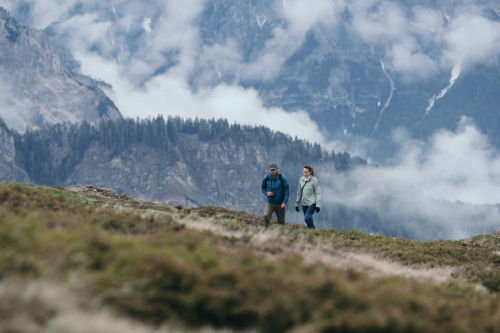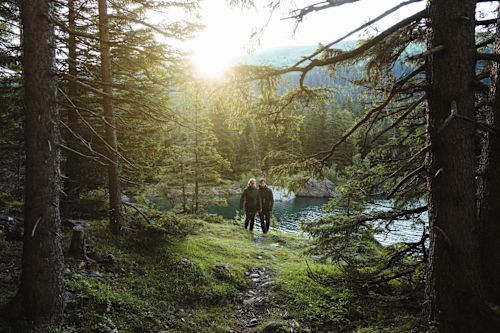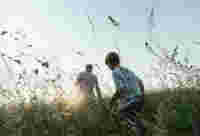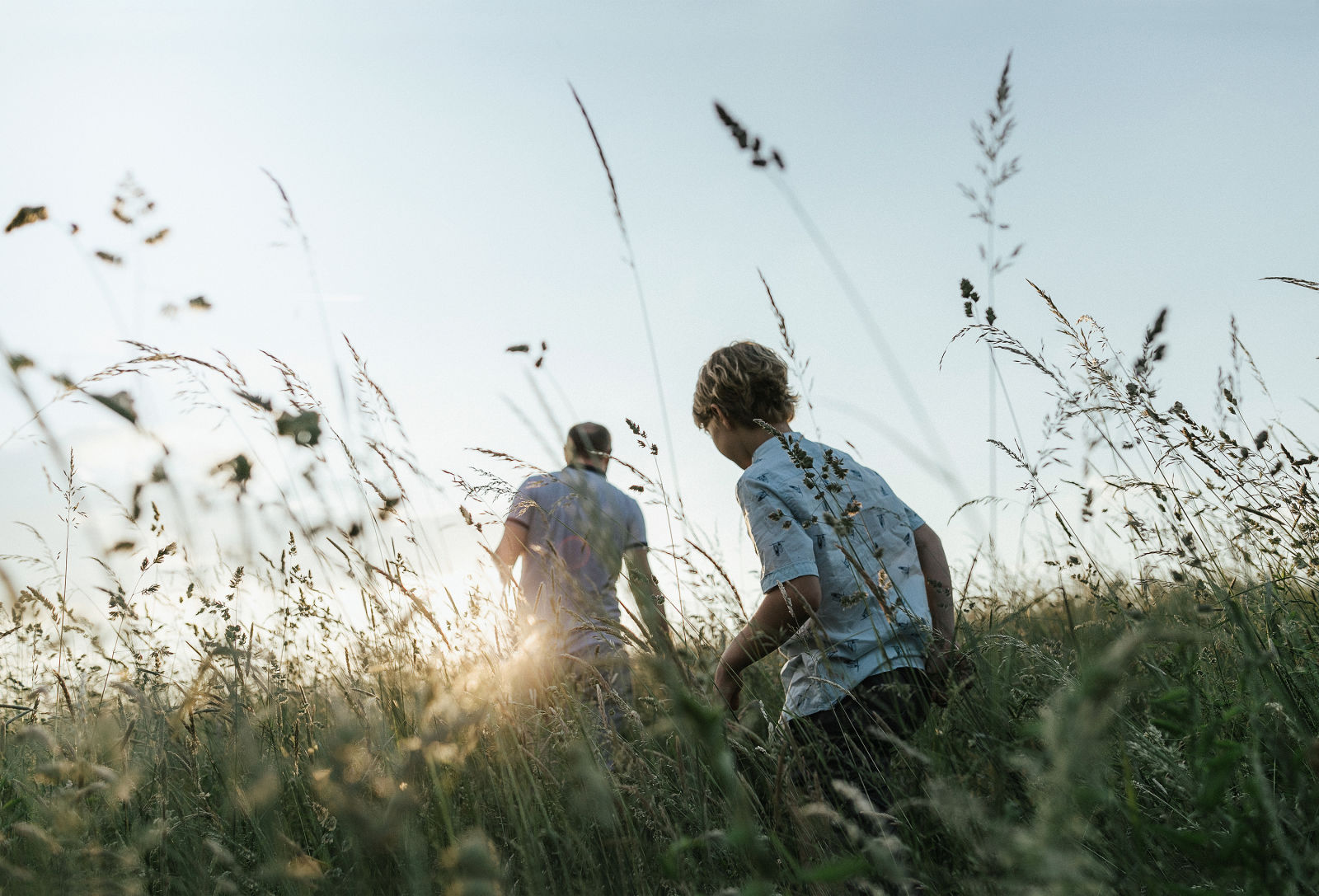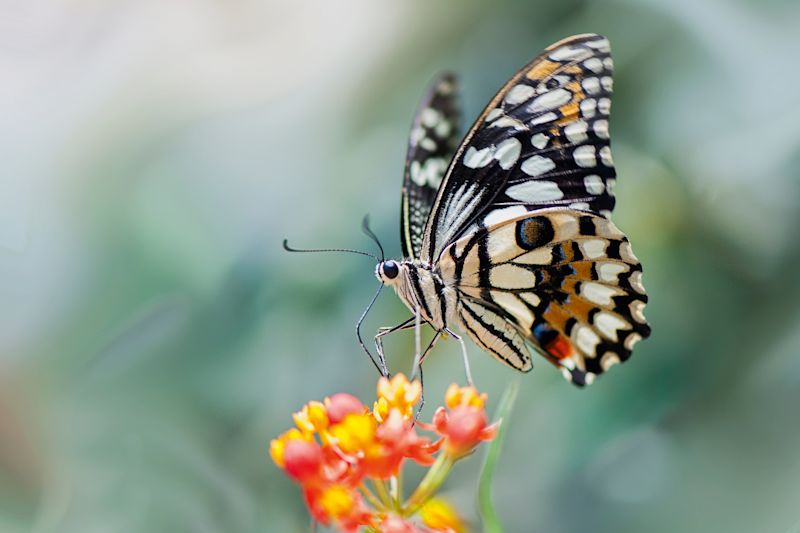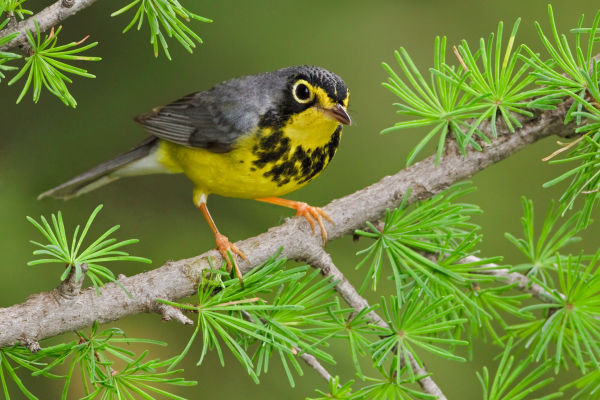
About the author
BirdLife International
is the world’s largest nature conservation partnership, connecting and co-ordinating the work of national conservation organizations in over 100 countries. BirdLife is grateful to SWAROVSKI OPTIK for its ongoing support of our Preventing Extinctions program, in particular becoming a long-term Species Champion and supporting the Sociable Lapwing since 2008 and Canada Warbler since 2013.
To find out more, visit www.birdlife.org
BIODIVERSITY ENCOMPASSES THE WONDERFUL DIVERSITY ON EARTH IN ALL ITS VIBRANT AND VIVID FORMS. BUT MORE THAN JUST BEING SOMETHING INTERESTING TO LOOK AT, BIODIVERSITY IS INSEPARABLE FROM HUMAN EXISTENCE AND ESSENTIAL FOR OUR HEALTH – WHICH IS WHY ACCESS TO IT SHOULD BE A HUMAN RIGHT.
Where there’s a will...
...there’s a way – so the proverb goes. The international response to the COVID-19 pandemic was at first sluggish, and then it was historic: factories ground to a halt and high streets went into hibernation as half the world’s population went into lockdown. It was a staggering, unprecedented response that should spur us all to reconsider what is and isn’t possible when tackling the big, overarching issues that have long been thought unsolvable.
Underreported and yet looming on the horizon is another crisis, one that if we don’t start battening the hatches now, threatens to tear us all asunder.
We’ll get to why in a second. But first, let’s clarify exactly what we mean by “biodiversity.” More than a contraction of “biological diversity,” this term covers the entirety of what we know as the natural world including the billions of species on Earth. It also describes the delicately balanced interactions between species that have evolved over time to coexist with one another.
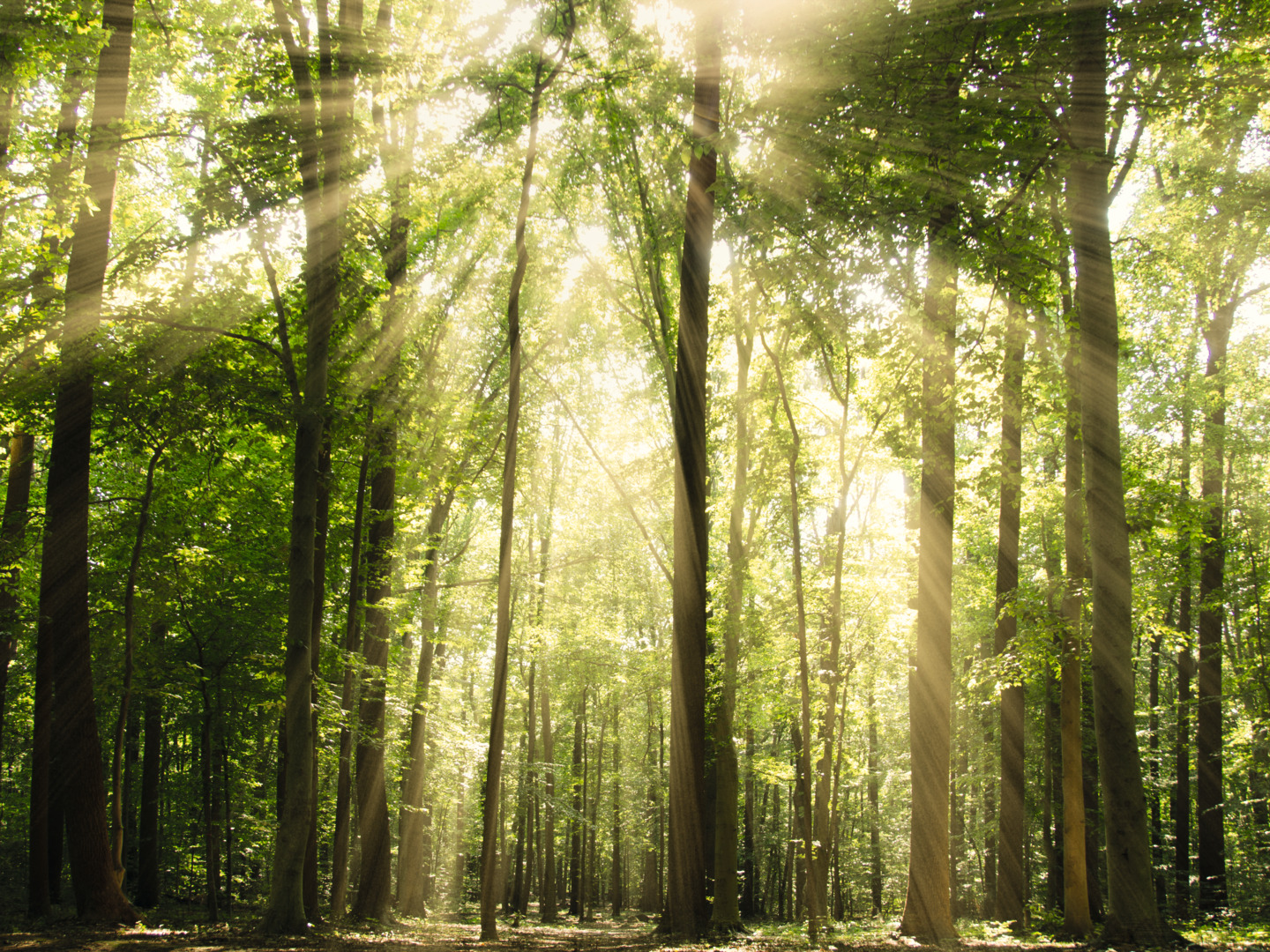
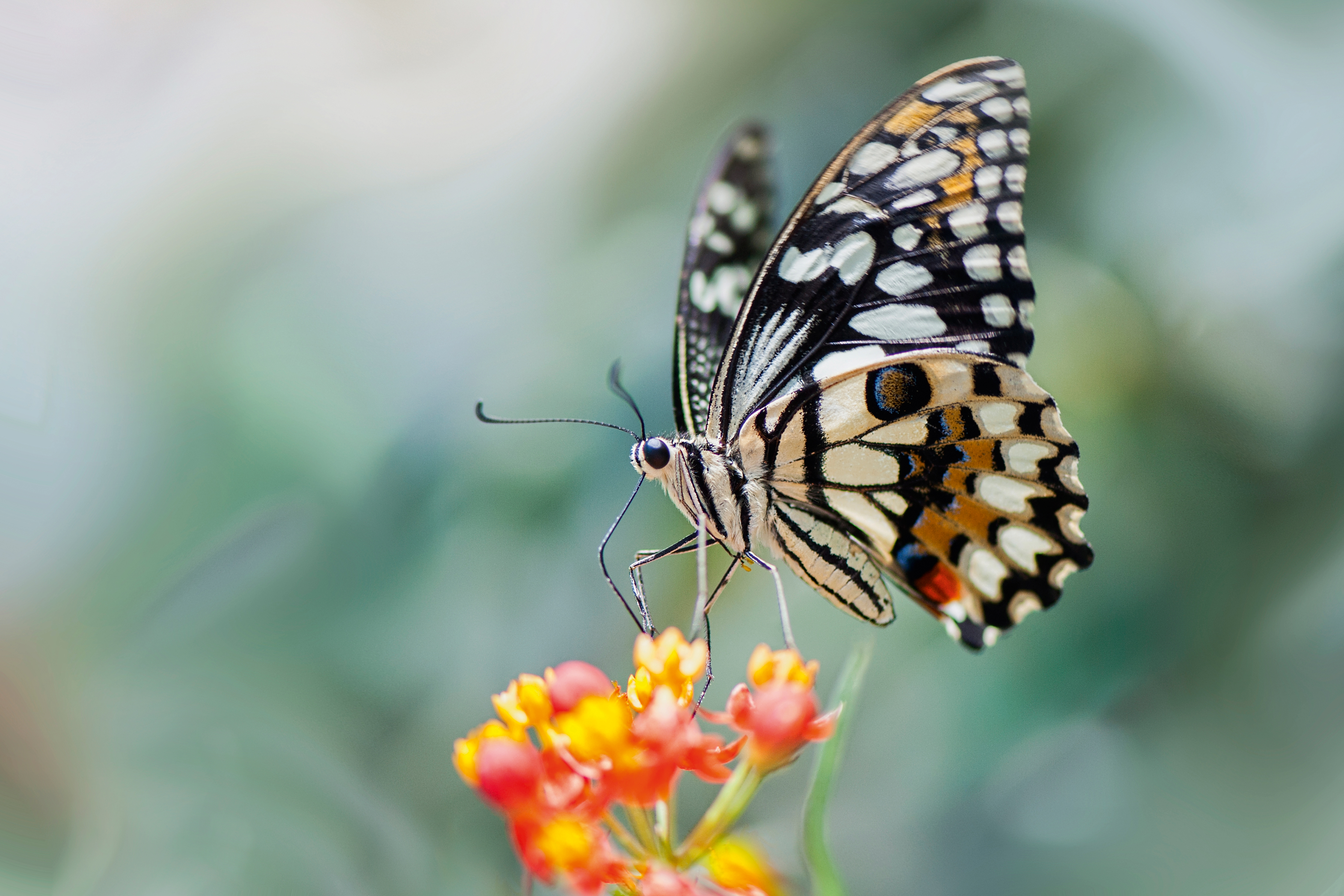

Our planet’s weird, wonderful, and bounteous variety of life is under threat. We are currently living through a sixth mass extinction event: the Anthropocene extinction, the only such event by a living species – humans. Whether through intensive agriculture, overconsumption, or pollution, our activities have caused extinctions on every land mass and in every ocean, many before we have even had a chance to discover the species. Overall, human impact has resulted in an extinction rate between 100–1,000 times that which would normally be expected. Statistics that underpin this come thick and fast; since 1970, the number of animals on the planet has halved. The latest IPBES report indicates that as many as a million species are at risk of disappearing forever, unless we change our damaging habits and move to a more sustainable way of living. But to do so would require a level of international cooperation that was (until very recently) thought impossible.
The answer seems obvious at a surface level: COVID-19 presented a very immediate threat to humanity, whereas the loss of a meadow or a species of frog does not. But this line of thinking only highlights how completely we humans have distanced ourselves from nature. Such detachment can make it difficult to join the dots as to how the fate of other species is entwined with ours
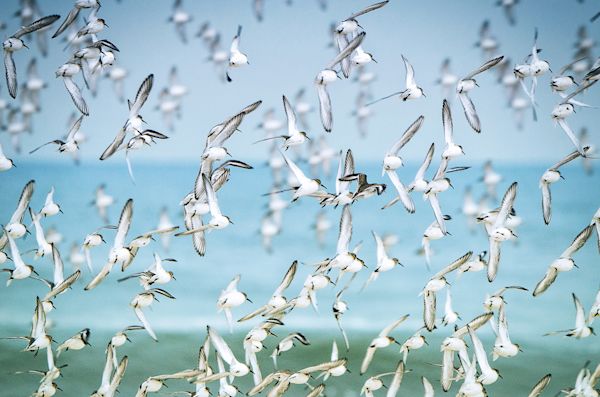
BirdLife International
As a global bird conservation organization
the feedback we sometimes receive from those outside the birding bubble is that conservation is a selfishly human conceit; that saving a Pink Pigeon on a remote island serves no purpose beyond giving birders something pretty to look at. This type of thinking needs to be tackled head-on.
16% of human deaths worldwide are as a result of environmental harm
That’s over nine million a year. Pollution alone is responsible for three times as many deaths globally as AIDS, tuberculosis, and malaria combined. And 15 times as many as war and violence. We are humans, yes, but we are also animals. In short, we are biodiversity, and biodiversity is us. We depend on the natural world for our sustenance and sanity, and our poor stewardship of the planet is killing us. In our millions. Not in the future: now. And while nature may have enjoyed the briefest of respites during the COVID-19 lockdown, the UN still warns that we only have ten years left to act before we do irreversible damage to our natural world. But that’s where we differ from other extinction events. A meteor can’t change its course – but we can.
That’s the thought process behind BirdLife International’s latest, and most ambitious campaign – to petition the United Nations to amend the Universal Declaration of Human Rights, to make the first change since the document was formed in the ashes of World War II: to make access to a healthy natural environment a universal human right.
Far from a publicity stunt or a symbolic gesture, this is the level of action we feel is needed to wake the world’s governments up to the gravity of the situation. Once a human right is ratified through the UN policy machinery, it’s a powerful catalyst for international action, compelling countries to bolster their environmental laws and freeing up resources to assist developing countries, many of whom are the hardest hit by the ills of environmental harm, whether it be through droughts, wildfires, or rising sea levels
Big problems require big solutions. And what once seemed impossible is now feasible. To achieve recognition from the UN would be a massive leap forward in acknowledging that we are tearing the strands of the web of life that holds this planet together. Beyond saving the one million species, on every continent and every ocean, threatened by our unsustainable habits, it would also restore our connection with the natural world and improve the quality of life for millions. After all, where there’s a will…

